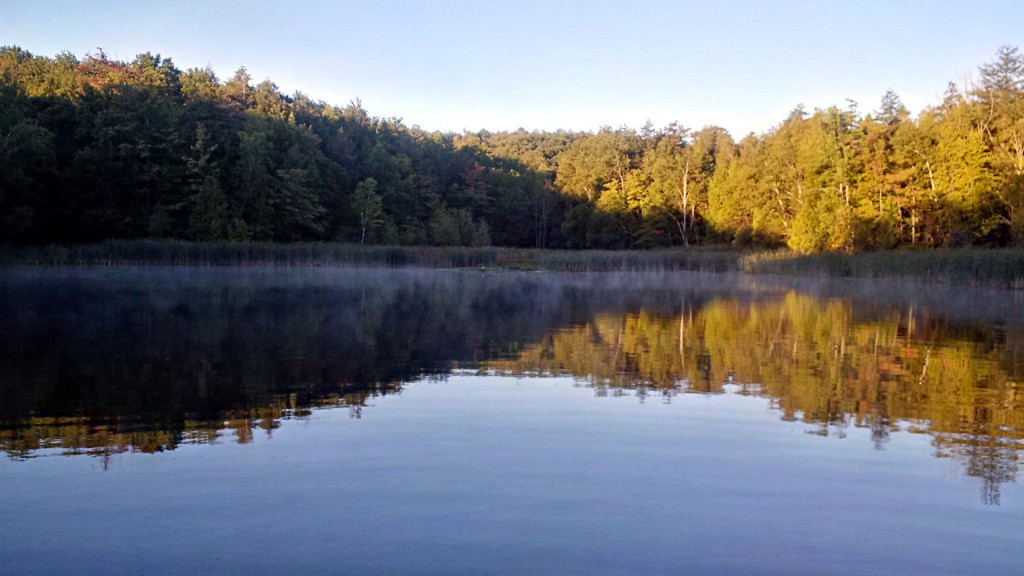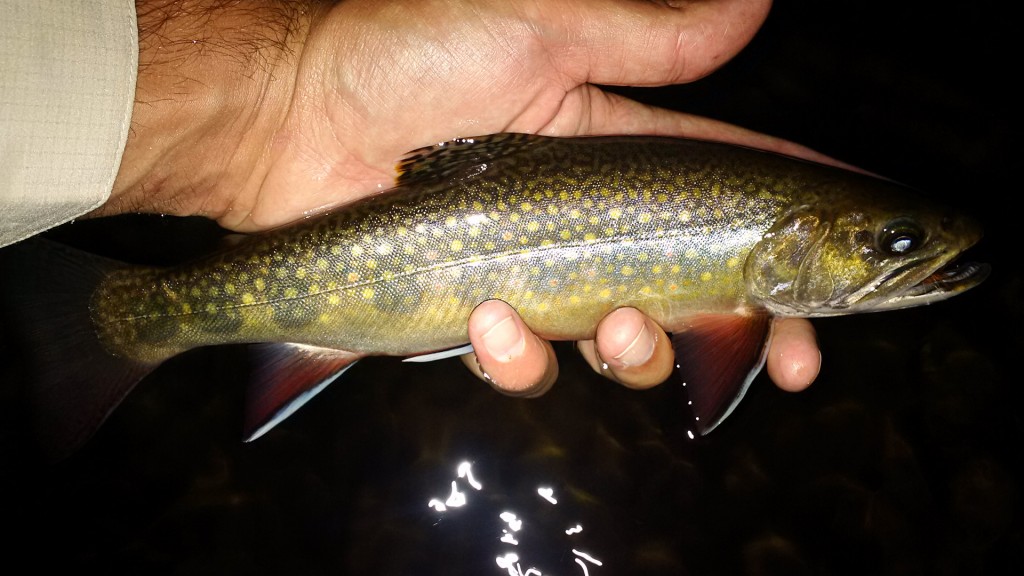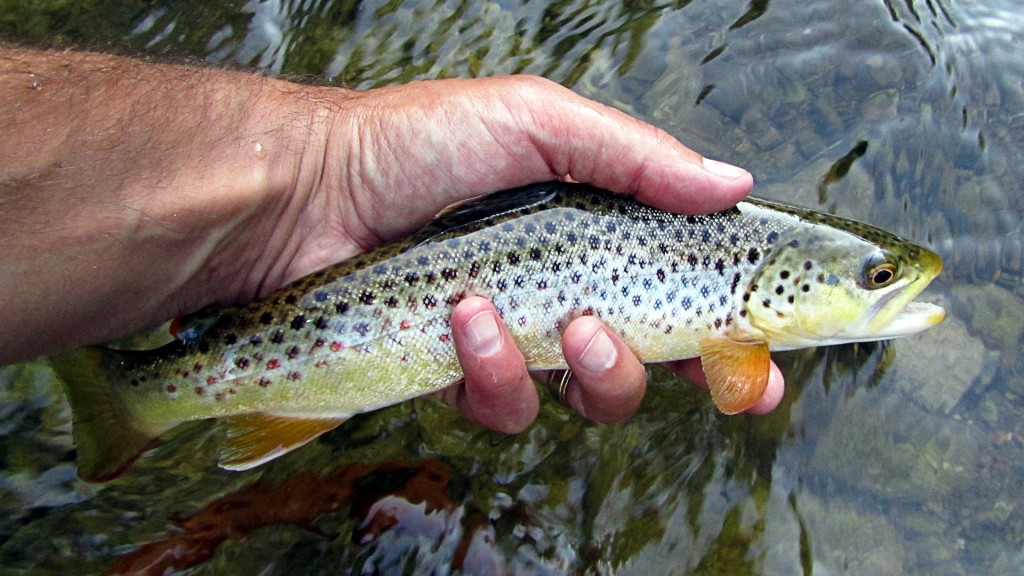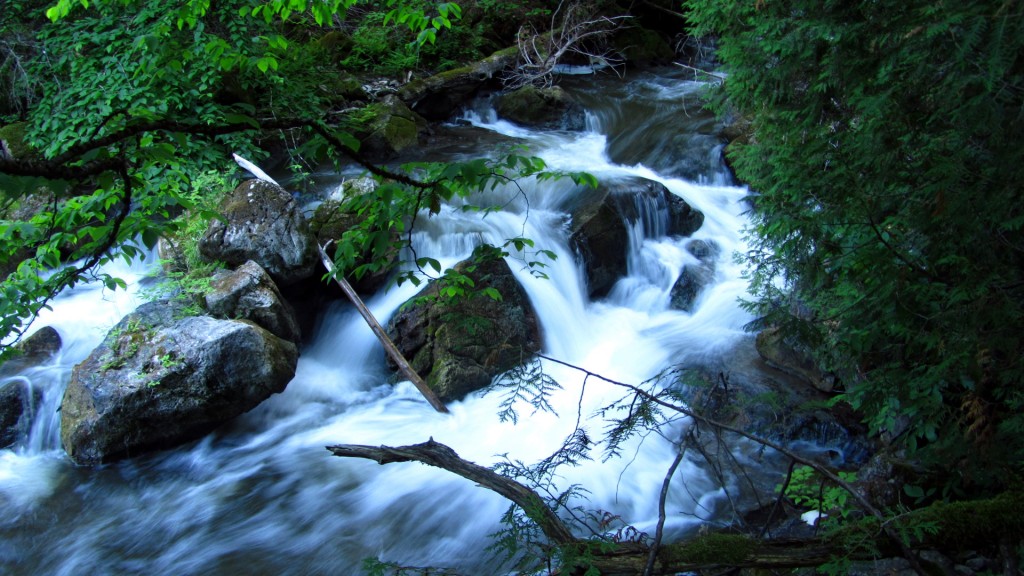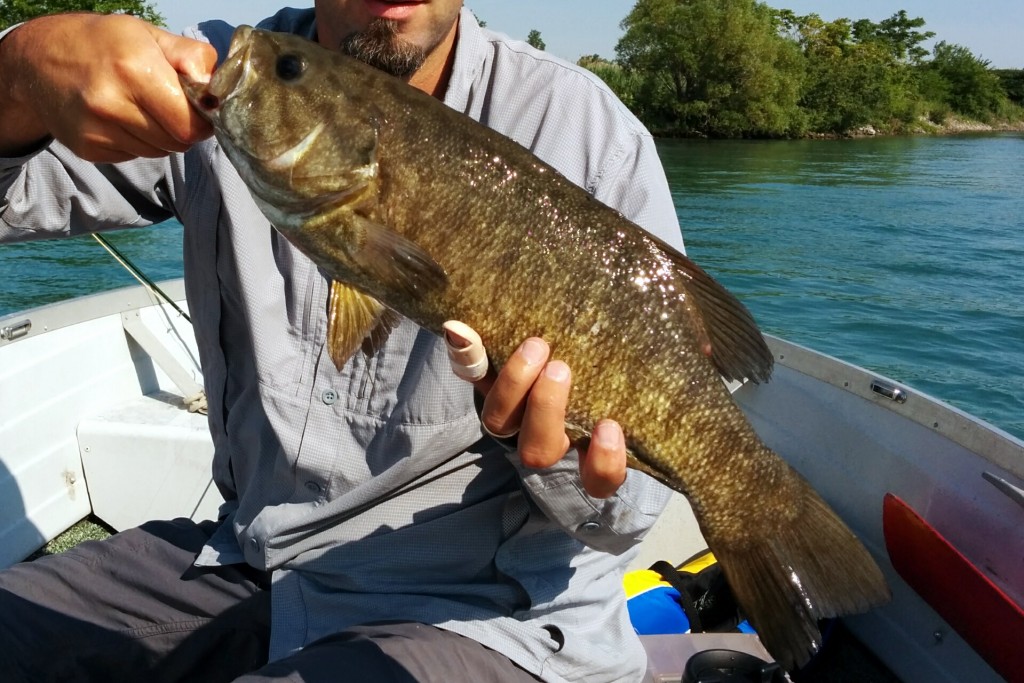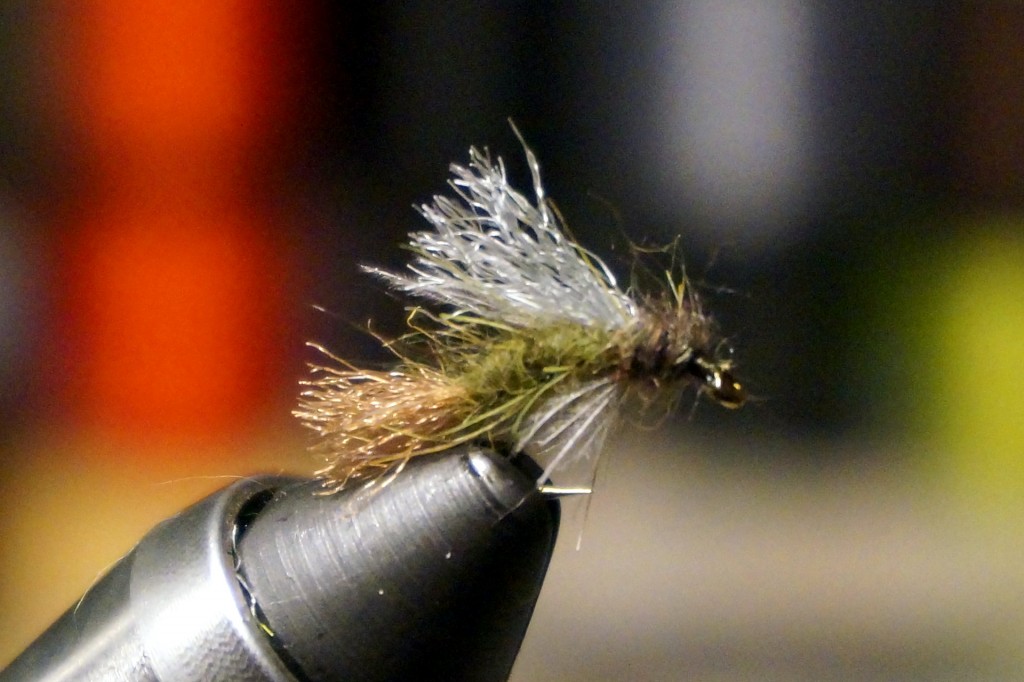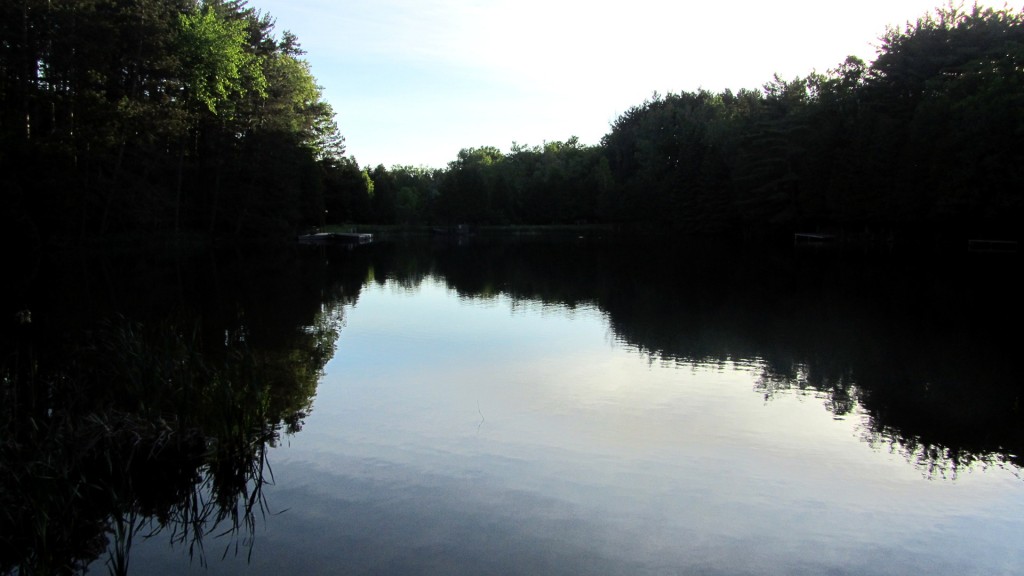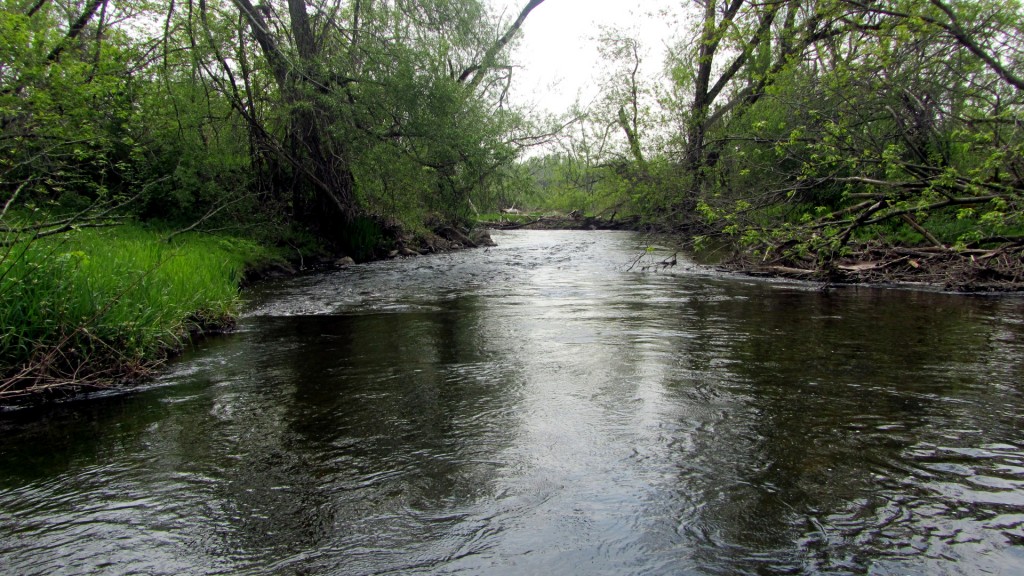When local rivers are running high and dirty, some unsafe to wade and others only marginally suitable for throwing big streamers, it’s nice to have another option. Moreover, when the short resident trout season ends at the end of September and the only fishing left is migratory species near the mouths of rivers and some warm water fishing, it’s great to have somewhere to turn.
To this effect, I decided to try something new this year. The trout ponds at Glen Haffy’s Fly Fishing Club offer some excellent stocked Rainbow Trout fishing for about 8 months out of the year. As an added benefit, they also enjoy a healthy population of native Brook Trout that enter one of the ponds from a small spring creek. The ponds are nestled within hundreds of acres of conservation land and offer excellent fishing in a truly serene atmosphere.

